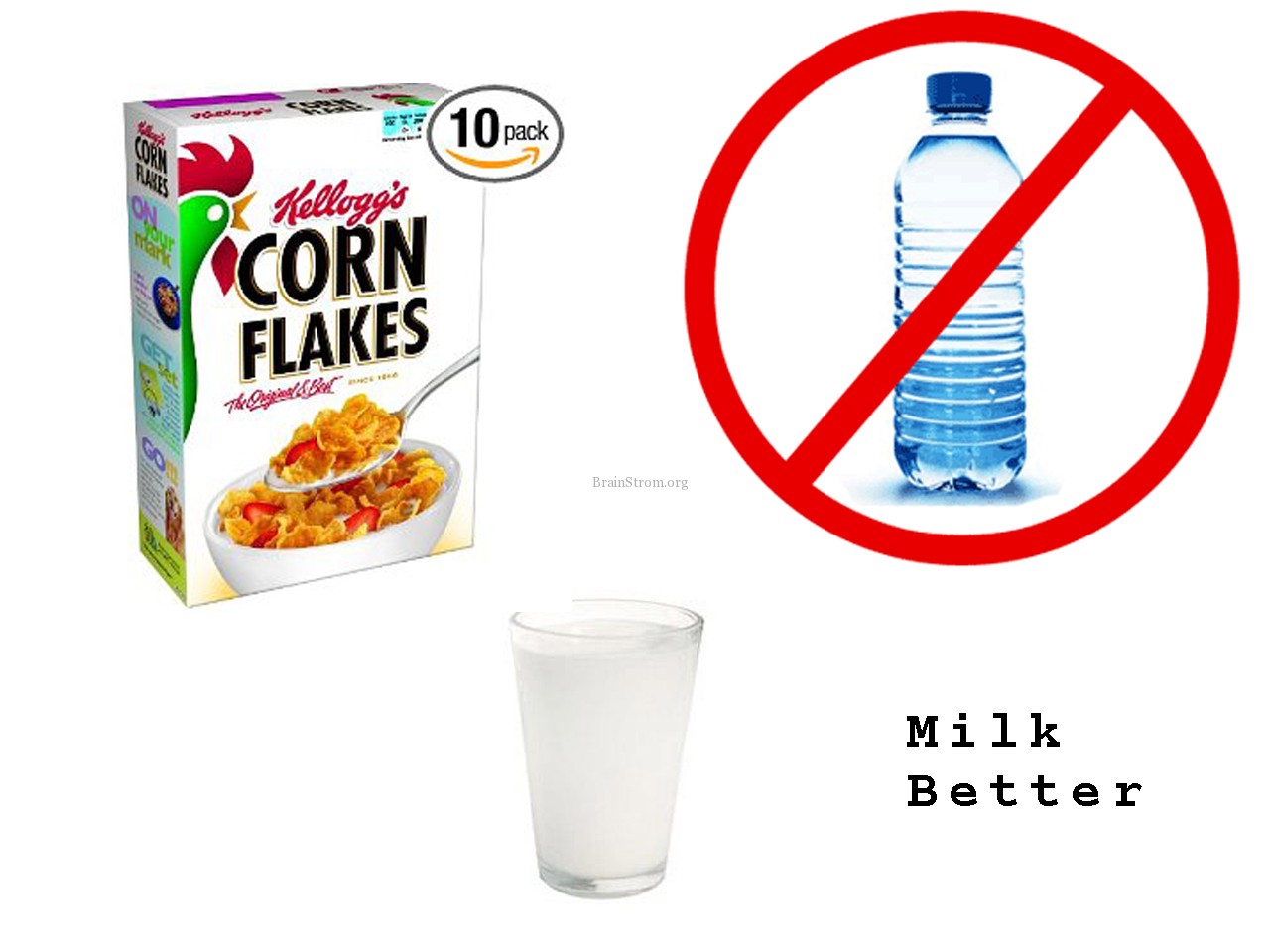Physical properties and microstructural changes during soaking of individual corn and quinoa breakfast flakes.
Source
Department of Chemical and Bioprocesses Engineering, Pontificia University Católica de Chile, P.O. Box 306, Santiago, Chile. [email protected]
Abstract
The importance of breakfast cereal flakes (BCF) in Western diets deserves an understanding of changes in their mechanical properties and microstructure that occur during soaking in a liquid (that is, milk or water) prior to consumption. The maximum rupture force (RF) of 2 types of breakfast flaked products (BFP)–corn flakes (CF) and quinoa flakes (QF)–were measured directly while immersed in milk with 2% of fat content (milk 2%) or distilled water for different periods of time between 5 and 300 s. Under similar soaking conditions, QF presented higher RF values than CF. Soaked flakes were freeze-dried and their cross section and surface examined by scanning electron microscopy. Three consecutive periods (fast, gradual, and slow reduction of RF) were associated with changes in the microstructure of flakes. These changes were more pronounced in distilled water than in milk 2%, probably because the fat and other solids in milk become deposited on the flakes’ surface hindering liquid infiltration. Structural and textural modifications were primarily ascribable to the plasticizing effect of water that softened the carbohydrate/protein matrix, inducing partial collapse of the porous structure and eventually disintegration of the whole piece through deep cracks.
Thanks for installing the Bottom of every post plugin by Corey Salzano. Contact me if you need custom WordPress plugins or website design.


